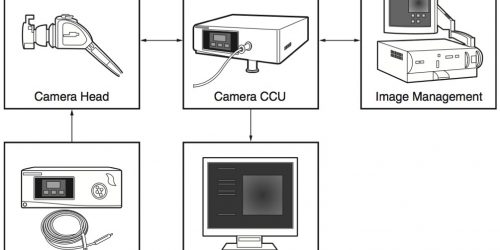October 2013 Embedded Vision Summit Product Demonstration: Avnet Electronics (Xilinx)
Mario Bergeron, Technical Marketing Engineer at Avnet Electronics, demonstrates a Canny edge detection OpenCV algorithm running on the MicroZed board and image processing algorithms running on the ZedBoard (both boards based on the Zynq-7000 All Programmable SoC and co-developed with fellow Alliance member company Xilinx) at the October 2013 Embedded Vision Summit East. For the […]
October 2013 Embedded Vision Summit Product Demonstration: Avnet Electronics (Xilinx) Read More +



